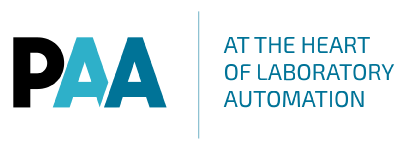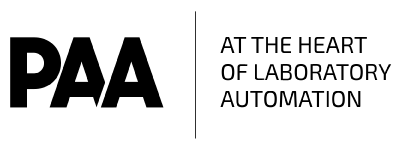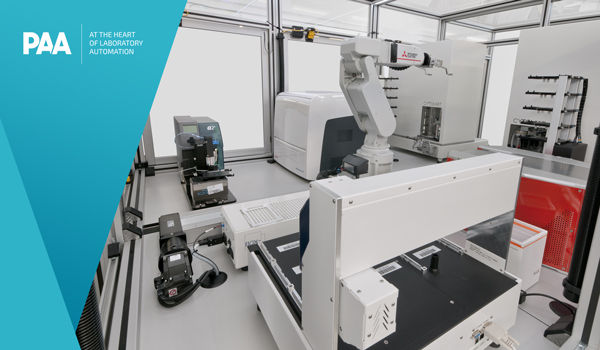Moving from a fully manual process to a laboratory automated process can be daunting. With the right knowledge, awareness, and guidance your path to creating a seamless automated workflow is closer than you may think.
The path to a laboratory automated process can be complex, and so a roadmap is necessary before embarking on that journey, including checkpoints. It is essential to be clear on the processes requiring automation, the level of automation needed and what that automation should achieve (saving time, reducing costs, increasing throughput, etc.).
PAA supports organisations throughout each key stage of automating a process – from concept to completion.
Stage 1 | Carrying out an automation assessment
An automation assessment ensures that the proposed process aligns with the automation strategy. The assessment involves a detailed workflow analysis evaluating the suitability of moving from the existing fully manual process to an automated one. The analysis would review processes, current, and future equipment needs.
Stage 2 | Writing a user requirement specification
The user requirement specification (URS) is a detailed description of what the automated system needs to deliver.
Stage 3 | Delivering a functional specification
A functional design specification (FDS), is the document in which a supplier sets out the specifications of the system it offers to the client. This document is reviewed by the client to confirm that the specifications match the URS.
Stage 4 | Deployment of the automated system
Timelines and project milestones will be clearly defined in the FDS. The client should receive regular updates from the supplier and notified in case of any delays in the build process.
Stage 5 | Carrying out acceptance testing
After the system build is completed, there are generally two acceptance tests that need to be carried out:
- The factory acceptance test (FAT)
- The site acceptance test (SAT)
Stage 6 | Training and post-implementation support
After all the effort of selecting, testing, and implementing the system, the final stage is ensuring that the laboratory automated process is used correctly, a central element in this is staff training on the system.
Summary:
Many automation projects go through these stages, regardless of the actual process or degree to which it is being automated. PAA’s feasibility study offers clients the ability to clearly understand the project deliverables, as well as the cost, time, and resource requirements for automating their laboratory processes at the outset of the project.
Download our Feasibility Study Whitepaper to help you fully understand these six key stages and how PAA can help you create a seamless laboratory automated process.


